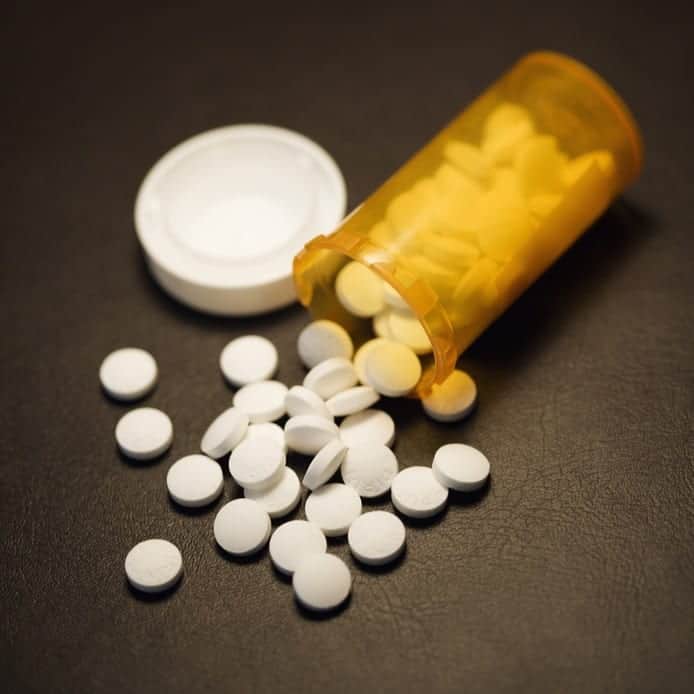“$$$$$$$$$$$$ It’s Bonus Time in the Neighborhood!” ~Purdue Sales Manager in 1996, reminding Tennessee sales representatives that convincing doctors to prescribe stronger doses of OxyContin was the key to a big payday According to the Centers for Disease Control and Prevention, the clinical use of prescription opioid painkillers more than doubled between 2000 and 2014, and because of intentionally-disseminated misleading information and aggressive, unscrupulous marketing practices, America is in the midst of what has been called an “opioid epidemic”.
The Current Statistics on Opioid Addiction are Terrifying
Calling the opioid problem in the United States an “epidemic” is not hyperbole. According to the American Society of Addiction Medicine:
- The United States consumes 80% of the world’s opioids.
- Fatal overdoses are the #1 cause of accidental death United States – 47,055 deaths in 2014.
- Of those, 18,893 were because of prescription opioid painkillers.
- Another 10,574 deaths were due to heroin overdose.
- 4 out of 5 heroin abusers were addicted to prescription painkillers before switching to heroin.
- Currently, 78 Americans die every day because of opioids.
- Over the past 10 years, fatal opioid overdoses among females have skyrocketed by 450%.
How did it get this bad?
How OxyContin Became a Blockbuster
It all started in 1996, when Purdue Pharma was granted FDA approval for OxyContin, a controlled-release formulation of oxycodone. Because of extremely-aggressive marketing to doctors, OxyContin was an overwhelming success. During its first full year on the market, OxyContin generated $49 million worth of sales. But by 2002, that number had grown to $1.6 BILLION. To date, Purdue Pharma has made more than $31 billion from OxyContin. How did OxyContin become such a cash cow for Purdue Pharma?
Incredibly-Aggressive Marketing to Doctors
Sales reps targeted surgical centers and hospitals across the country – emergency room doctors, anesthesiologists, surgeons, and pain management teams were all fair game. They visited doctors at work, bought those doctors’ lunches just to have five extra minutes of persuasion time, and even scheduled “snack times” to build goodwill. In internal memos, sales reps were referred to as “Knights” or “Royal Crusaders” venturing out from the “Royal Court of OxyContin” at the behest of the “Empress of Analgesia” or the “Supreme Sovereign of Pain Management”. Typical instructions read, “As you continue to carry the OxyContin banner onto the field of battle, it’s important to keep highlighting OxyContin benefits to your doctors.”
Misleading and Exaggerated Claims Built the Empire of OxyContin
The problem was, the so-called benefits were often misleading and without scientific backing. Some of the more egregious claims were:
- Downplaying the addictive potential of OxyContin
- Claiming that OxyContin was safe for the long-term treatment of chronic pain
- Falsely stating that OxyContin gave steady, continuous pain relief
- Exaggerating how many hours of pain relief were given by OxyContin
In 2001, Dr. Art Van Zee concluded that Purdue Pharma had “over-sold the benefits of opioid therapy for chronic non-malignant pain, while providing false reassurance about what the real risks are of oxycontin addiction for patients taking opioids for chronic non-malignant pain.” In 2007, Purdue Pharma paid more than $600 million in fines as part of a guilty plea to a criminal charge of Ms. Branding OxyContin as part of a scheme to intentionally mislead consumers and doctors. One of the government’s major charges was that sales representatives had been instructed to tell doctors that “OxyContin had less euphoric effect and less abuse potential than short-acting opioids“.
Turning a Blind Eye to Pill Mills
In 2009, a Purdue Pharma District Manager who was tracking sales noticed a surge in orders from a small clinic. This one small establishment was feeling more OxyContin prescriptions than some pharmacies. The manager was sent down to investigate, eventually concluding that illegal activities were occurring. In a 2009 internal e-mail, the manager wrote “Shouldn’t the DEA be contacted about this? I feel very certain this is an organized drug ring…” Not only did Purdue Pharma decline to notify authorities, it also did not shut off the supply of OxyContin. By the time the clinic went out of business, they had dispensed more than 1 million pills to local gangs – an estimated street value of close to $100 million.
After All This Time, So Little Has Changed
During the 2016 Super Bowl, opioid-related commercials were aired, drawing the ire of many professionals in the field of addiction recovery. Dr. Aikur Mohammed, M.D., an Adjunct Professor at the University of Southern California Keck School of Medicine, said “Everyone is on board with these new initiatives, except the opioid drug manufacturers and a segment of doctors who overly prescribe their products. Many of them are only looking at ways to make more money, even if it’s at the expense of those who might already be addicted or will be soon…” SOURCES: https://www.latimes.com/projects.ic/oxycontin-part1/ https://www.statnews.com/2016/09/22/abbott-oxycontin-crusade/ https://motherboard.vice.com/read/how-big-pharma-hooked-america-on-legal-heroin https://time.com/4213760/super-bowl-opioid-commercial/ https://www.cdc.gov/mmwr/preview/mmwrhtml/mm6450a3.htm?s_cid=mm6450a3_w https://www.drugabuse.gov/related-topics/trends-statistics/overdose-death-rates https://www.asam.org/docs/default-source/advocacy/opioid-addiction-disease-facts-figures.pdf https://www.latimes.com/projects/la-me-oxycontin-part2/

